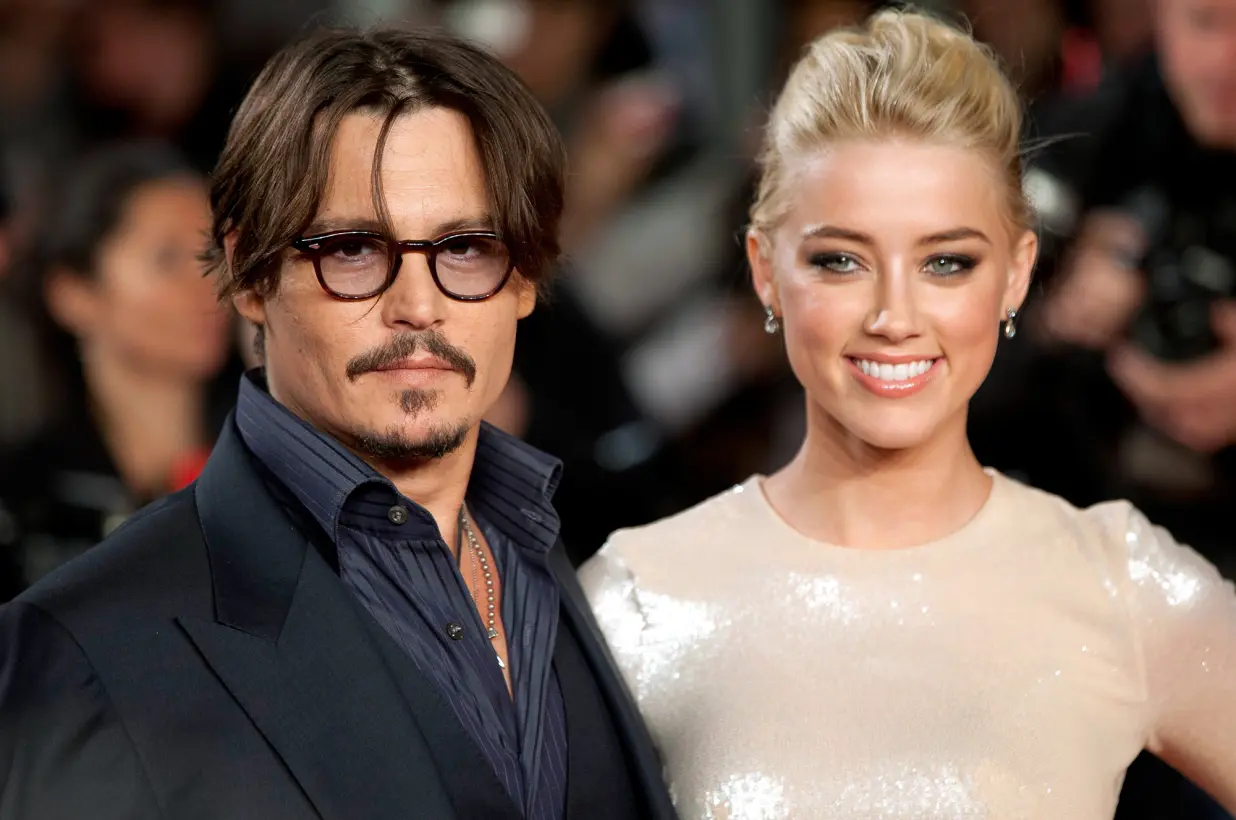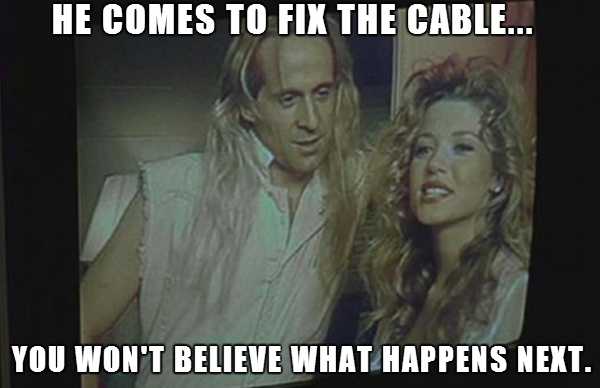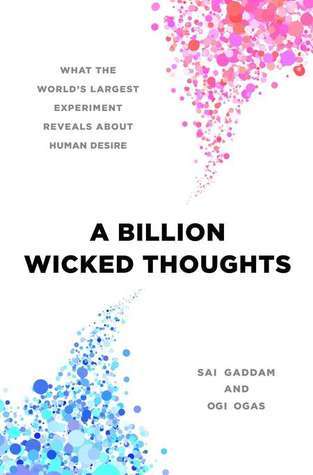"To encounter erotica designed to appeal to the other is to gaze into the psychological abyss that separates the sexes" - Donald Symons, author of "the evolution of human sexuality"
Ogi Ogas is a computational neurobiologist. Sai Gaddam is an expert on Machine Learning. Both completed their doctorates at Boston University and worked as data scientists for Google. They have mined and scraped data from billions of searches world wide to discover what men and women, gay and straight and all variations, are searching for when they search for adult content. The searches confirm many things that are explained by the principles of sexual selection but also show insights into things that were poorly understood.
The gist
Men, by virtue of our nearly unlimited reproductive material - we reportedly produce about 1-2000 new sperm every heartbeat (1) - have two basic mating strategies:
- Loving and Committing: Protect one woman and devote all our attention and resources to raising a small group of offspring.
- Loving and leaving: Have lots of kids with as many women as will allow you to have sex and not spending too much time or resources devoted to the offspring. This will make the kids worse off and less likely to survive but since you are able to have so many it is still a net positive to you.
Women, by virtue of the single egg they produce every month and the 9 month commitment they make to growing a baby, the potential years of breastfeeding (at least for most of human history) and the decades of protecting and nurturing the child into adulthood, have to engage in a different strategy known as hypergamy; choosing the best possible mate that she can acquire.
Since our sexual mating strategies are exactly at odds with one another it is not surprising that our brains have evolved differently in order to maximize our possibilities of success.
Men tend to be extremely visually focused; we look for visual cues of women's health in femininity, youth and attractive anatomy. We don't care about how much money a woman makes or how well educated she is or any of the other markers of external success - we mostly care about youth and beauty.
Women, who are seeking the optimum blend of a physical protector and provider, are looking for a significantly greater array of characteristics; muscles, chiseled jaws, intelligence, sense of humor and a myriad other complicated hints to tell a woman whether or not a man is likely to be both a good husband and provide the best genes that will optimize the child's chances of success.
This isn't talking about individual conscious choices. This is a larger level pattern. But given the overall simplistic visual cues that guide men to success and the far more complicated sets of information that women are seeking to find a compatible mate it isn't surprising that our brains have evolved very different traits:
- Women, on average, learn to speak much younger and develop a significantly greater vocabulary and communicate significantly more; apparently girls age 12-17 send and receive about 80 texts a day while boys of the same age send and receive about 30 - the better to express thoughts and feelings and share information with others and gather information that might influence mate choice. This communication style encourages women to navigate the world with a greater focus on fairness and consensus.
- Men's brains develop greater focus and appreciation of competition and how they rank within their social hierarchy. This leads us to spend an enormous amount of time fixated on things that we believe might influence our ability to compete and dominate other men.
The fundamental way our brains have been influenced is through the use of testosterone and estrogen. These hormones have tremendous impacts on all of our cells; testosterone affects our aggression, sexual energy, muscle mass, voice and how much we value competition. Estrogen affects fat distribution, emotions, hair growth and a variety of other social and emotional differences.
These differences in seeking visual cues versus seeking emotional cues explain a lot of the differences in mating choices and overall behavior. It explains why I have never met a single woman that thinks the Three Stooges are funny; maybe they exist but I have never met one.
In contrast I have never met a single straight man that would choose to watch the Notebook.
According to one of the top rated comments for this clip on YouTube "Heartbreak in the moment is the worst pain ever. You literally feel breathless and you feel like your life was just ripped in half. Especially if its someone you truly love." - I watched this clip and felt absolutely nothing but confusion - why on Earth would anyone want to watch someone's heart break?
But that is the fundamental chasm between men and women's brains - Its difficult for us to recognize that other people have fundamentally different desires than we do. On some subconscious level we assume that our point of view is the only logical point of view. So from a mans perspective why wouldn't a woman want to have lots of No Strings Attached sex with someone? And from a woman's standpoint why wouldn't the gorgeous billionaire with six pack abs not want to tearfully open up about his secret pain and then make a lifelong commitment to his one and only true love?
Strength and competence
The desire for strength and competences in a partner explains why so many men on death row and convicted serial killers have such a strong female fan base. Even men like Chris Watts, who is on death row for killing his pregnant wife and two daughters, gets dozens of love letters from women who "want to get to know him". (2)
Maybe we can write these several dozen women off as mentally disturbed, but the the popularity of #feloncrushfriday suggests that either we have tens of millions of disturbed women out there or there is some evolutionary cue that these women are responding to in these very dangerous men.
Meet Jeffrey Meeks

In 2014 the Stockton, CA Police Department created a fashion model when they posted this photo of Crips gang member Jeremy Meeks. Within 24 hours he got tens of thousands of likes and thousands of comments from women worldwide. His criminal possession of firearms and grand theft auto were not deal breakers apparently. He is now a model who traded on his viral moment for millions of dollars.
None of this is rational, but that's ok, because the attraction to these dangerous men is dealing with a part of the brain that is older than the part of the brain that is responsible for rational thought.
And it's not like men are immune to being attracted to women that are incredibly bad for them. If anything men are far more likely than women to ignore the red flags that are obvious to everyone else when they choose a partner.

Favorite quote from the book
"nobody likes a bossy bottom" - no context or explanation needed.
Thoughts
This book didn't shock me in some kind of moral sense; kiss or touch whomever you want so long as its mutual and no kids are involved. But it did let me know that I am very meat and potatoes in my own predilections.
I had no idea that trans porn is considered to be "straight porn" in terms of who it appeals to. Apparently the novelty is very appealing to a fairly wide group of men throughout the world; particularly in Brazil and Southeast Asia. None of the search terms that are popular were even a tiny bit appealing to me.

Essentialism vs Social Constructionism (AKA Nature vs. Nurture)
Many sociologists and other experts argue that our differences are primarily driven by societal pressures on men and women to conform to certain social norms. There is truth to the idea that our tastes are often confined or tempered through our culture; men of different races will describe the ideal anatomy of a woman with very different dimensions. But even though there might be tremendous differences in what we find ideal given our cultures we still universally seek out the same things regardless of where we were born on this planet. In other words, men from different cultures might find different breast and butt sizes more or less attractive but all cultures prize those visual cues in women.
I think these kind of books are great for biology teachers - it shows us how psychological research is being done today - harnessing the power of big data to validate hypotheses where large scale experimentation is unfeasible and morally wrong. It also gives us tools that we can use to use big data in simple ways to generate our own hypotheses on human behavior to question to what extent is a particular trait influenced more by nature (genetics) over nurture (environment/epigenetics). Obviously this wouldn't be assigned reading but the concepts are worthwhile for a class of seniors to delicately explore.
People generally seem to be uncomfortable with any discussion around the idea of measurable differences between groups. I think its because people assume that recognizing measurable differences between groups suggests a value judgement. Given the history of the eugenics movement, that sought to put a scientific veneer on bigotry, it is understandable that people can be uncomfortable with using science to justify feelings of superiority.
But there is a difference between saying "these two groups are different in this capacity" and saying "this group is better than that other group because of the differences in these capacities".
And recognizing differences is important if we want to better serve people. The medical industry only recently seems to recognize that most of their test subjects were homogenously known as WEIRD (White, Educated, Industrialized, Rich, Democratic) and that in order to better serve patients they needed to broaden the potential groups of test subjects. In order to properly serve people we have to truthfully and accurately measure them to see if there are any differences that are worth considering when attempting to address a problem.
This book isn't just for teachers - anyone interested in the differences in male and female dynamics (which should encompass pretty much everyone) should read this. I come away from this with much greater understanding about what influences my own choices and have a lot more understanding about why my communication strategies often fail to connect with women to the same extent they connect with men.
If I had any critique on this book it would be that the authors don't focus on the novelty of what the internet offers and they don't suggest anything about how the internet is shaping interests in a reinforcing loop. As novelty generates greater attention and people get praise for establishing and sharing some novel identity it creates a reinforcing loop.
Maybe the authors didn't want to get involved in what could be a potential political landmine by touching upon gender ideology but it seems to me that sex, sexual expression and sharing ideas that influence sexual expression are all intimately tied together. The relationship between Japanese animation (anime), social media sites like Tumblr, and transgender identity was briefly touched on but the implications weren't explored. Given the tremendous increase in the number of people who identify as transgender I think this is an important part of the conversation.
The authors conclude that sex and sexual attraction might have its roots in the living imperative to mate and have offspring but human sexuality is ultimately rooted in imagination. I tend to roll my eyes when I read wishy washy conclusions - it's the equivalent of saying "everyone is special and unique and everybody is going to want what they want". This is so bland as to be pointless.
Maybe the problem is that this book is meant to be more of a scientific exploration than it is meant to be one that conveys opinion. But I do think that the concept of novelty and how it affects young minds is an important one to explore. Just like I don't think it is good for kids to eat hyper palatable foods like chicken nuggets because they make the brain lose any interest in real food I worry tremendously about the internets ability to bring hyper novelty to young people whose brains are still forming.
Just because the human mind has nearly infinite capacity for imagination doesn't mean that teenagers will not suffer significantly if they are exposed to certain concepts and images before their brains are able to rationally process and come to logical conclusions. Just like I don't want kids to live exclusively on chicken nuggets, pirate booty and hot dogs (although I know many kids who would be thrilled to have that option), I don't want teenagers to have unlimited hours scrolling Tik Tok.
This book is that it was published in 2011, before some of the major issues with social media addiction and its impact on teenagers was made clearer. Even back then the creators of social media knew that they were engineering a product designed to maximize attention and they knew but ignored the psychological damage that was happening, especially to women, who are far more likely to develop addictions to social media than men (3). These authors, having more than enough knowledge about human psychology and the addictive nature of social media should speak intelligently about how much of an negative impact the hyper-novelty of unchecked social media can have on psychological development.
I'm sure my parents had these discussions with their friends about how much time I wanted to spend playing Nintendo. But because I couldn't carry my hyper novelty with me I had to take extended breaks from it. Yes I could take my Game Boy and my CD player on a trip but I only had access to whatever games I had purchased and whatever albums I owned. That is an enormous difference in terms of novelty compared to what YouTube and Instagram offer every single minute of the day.
I am glad that I read this book but I have yet to read a book in the last five years that has given me any kind of optimism about technology and what it can bring. I am fine with sounding like the middle aged curmudgeon I am becoming when I say I don't think mankind needs additional novelty and greater convenience.
We are in dire need of stability and the will to meet and overcome challenges and that can't come from anything that is engineered to capture the maximum amount of our attention and desires.
Bibliography
1) How a Man Produces 1,500 Sperm a Second. National Geographic:
3) Share of online users in the United States who report being addicted to social media as of April 2019, by gender : https://www.statista.com/statistics/1081269/social-media-addiction-by-gender-usa/


Member discussion: